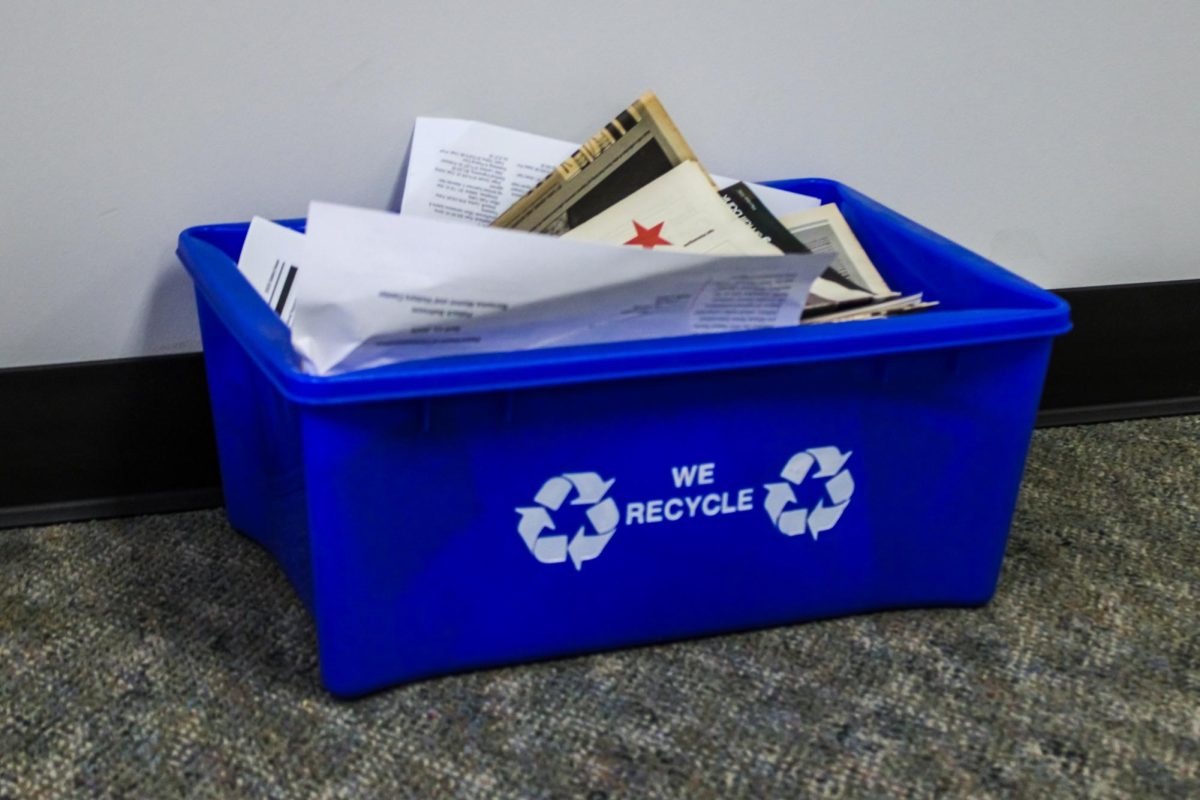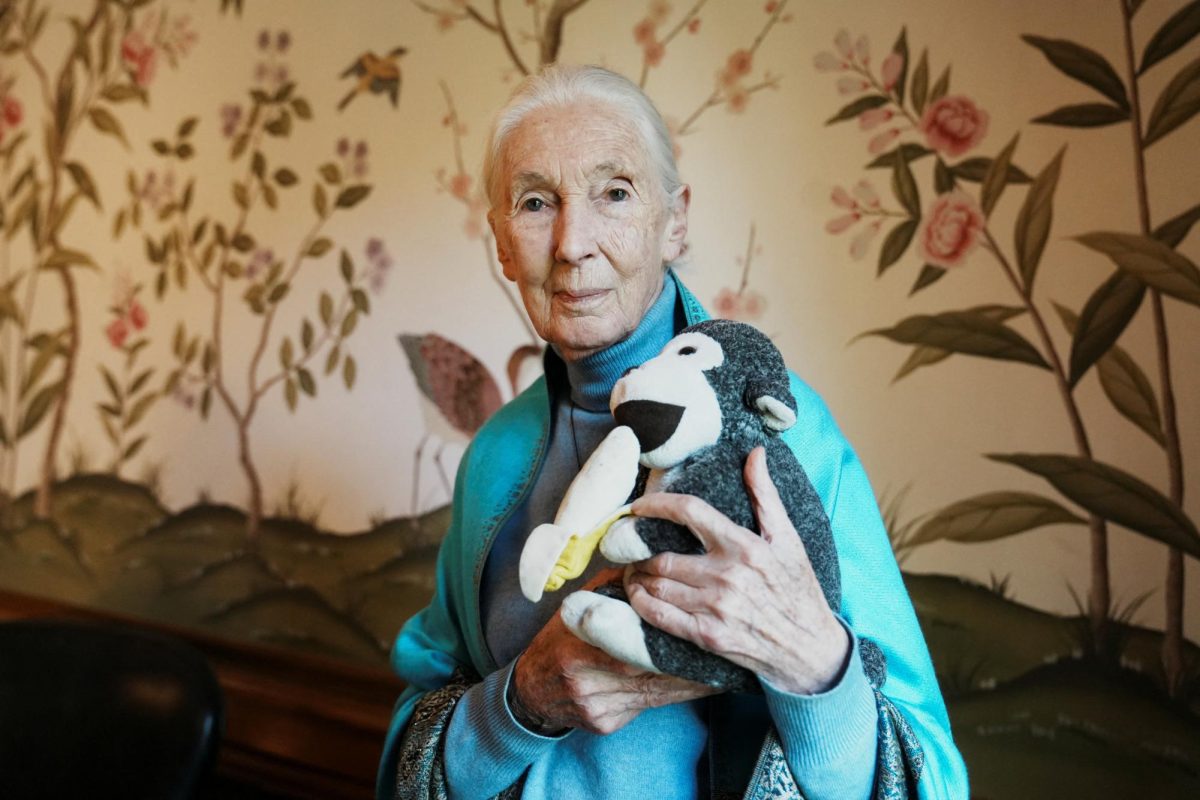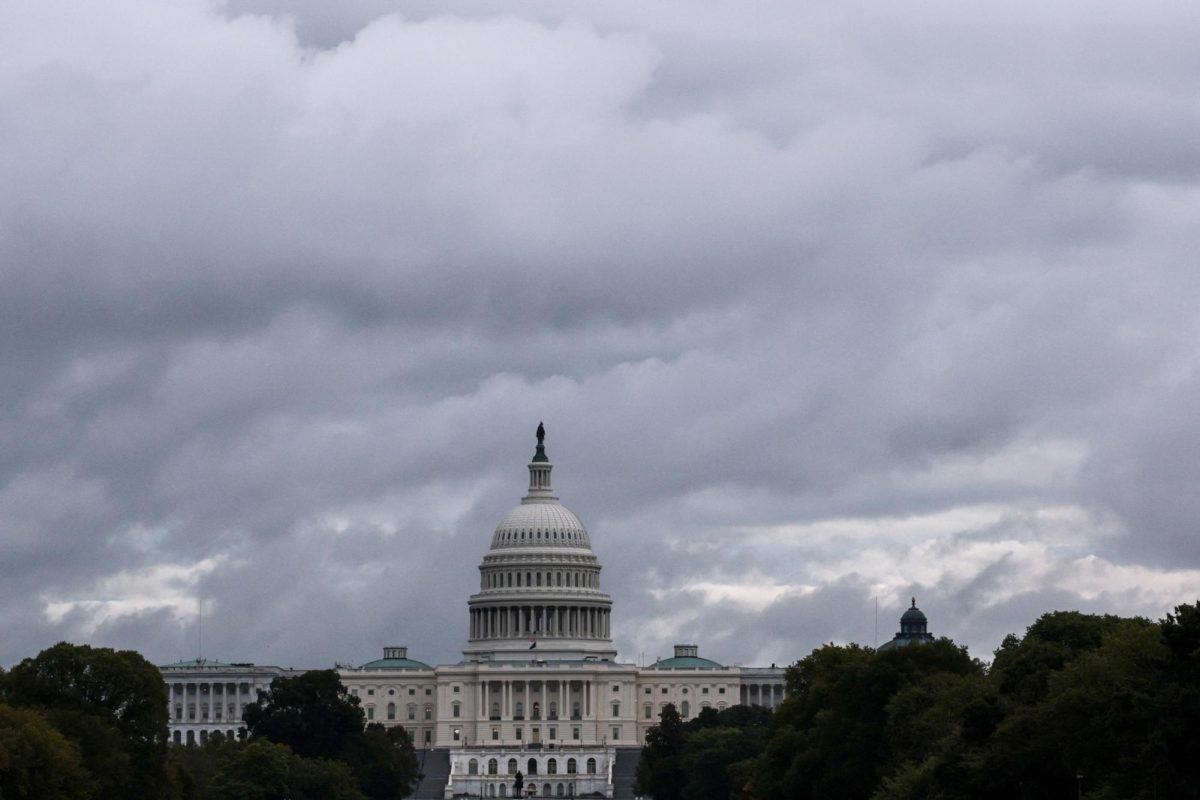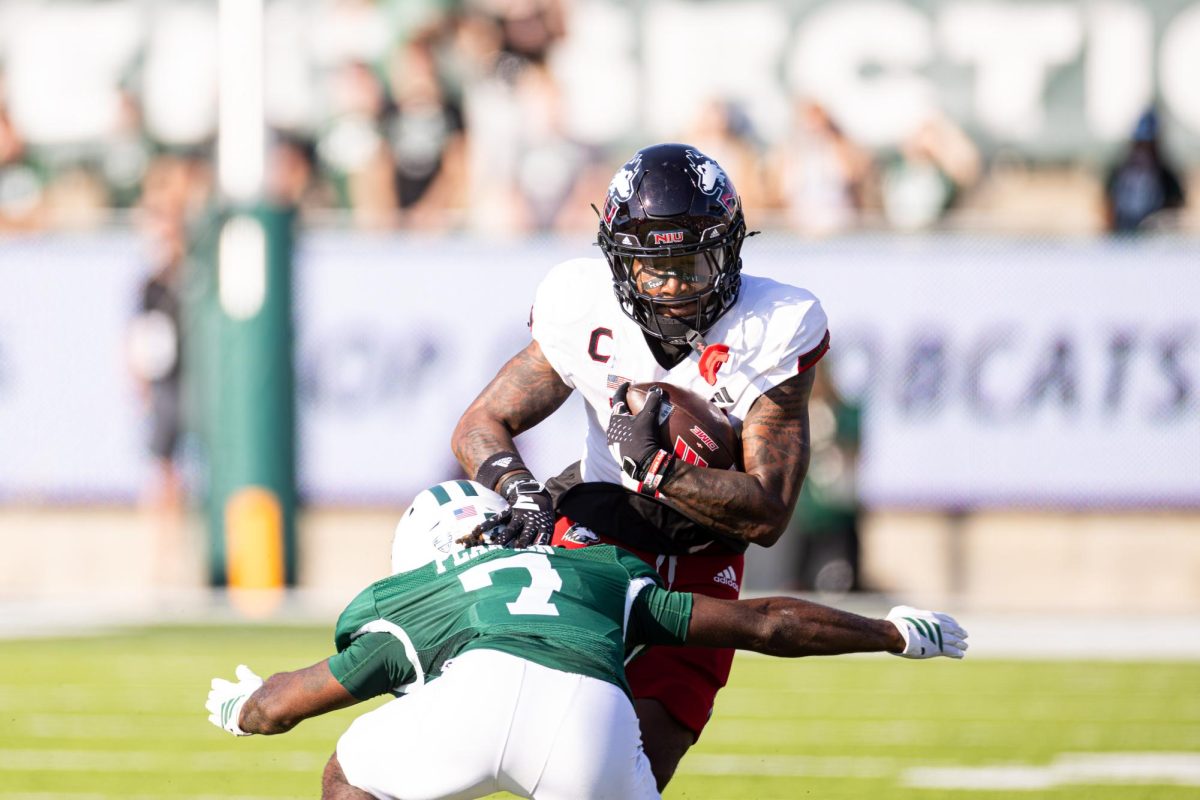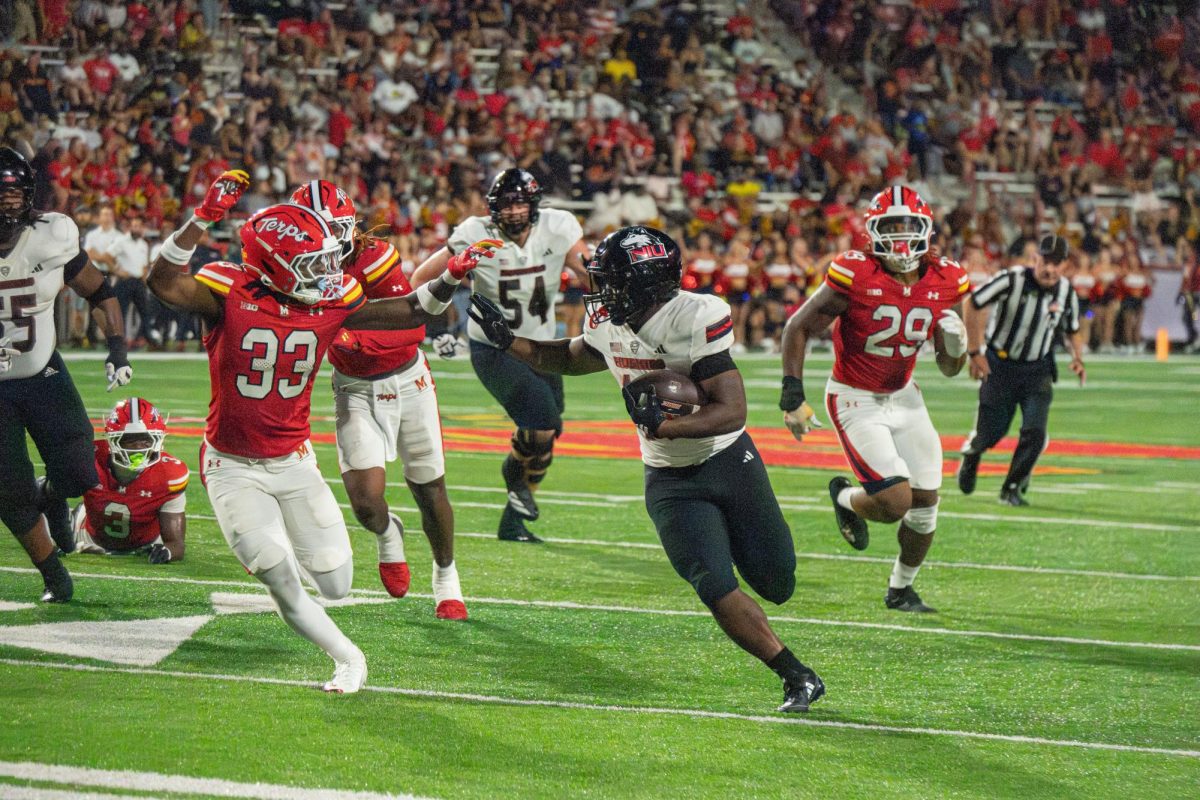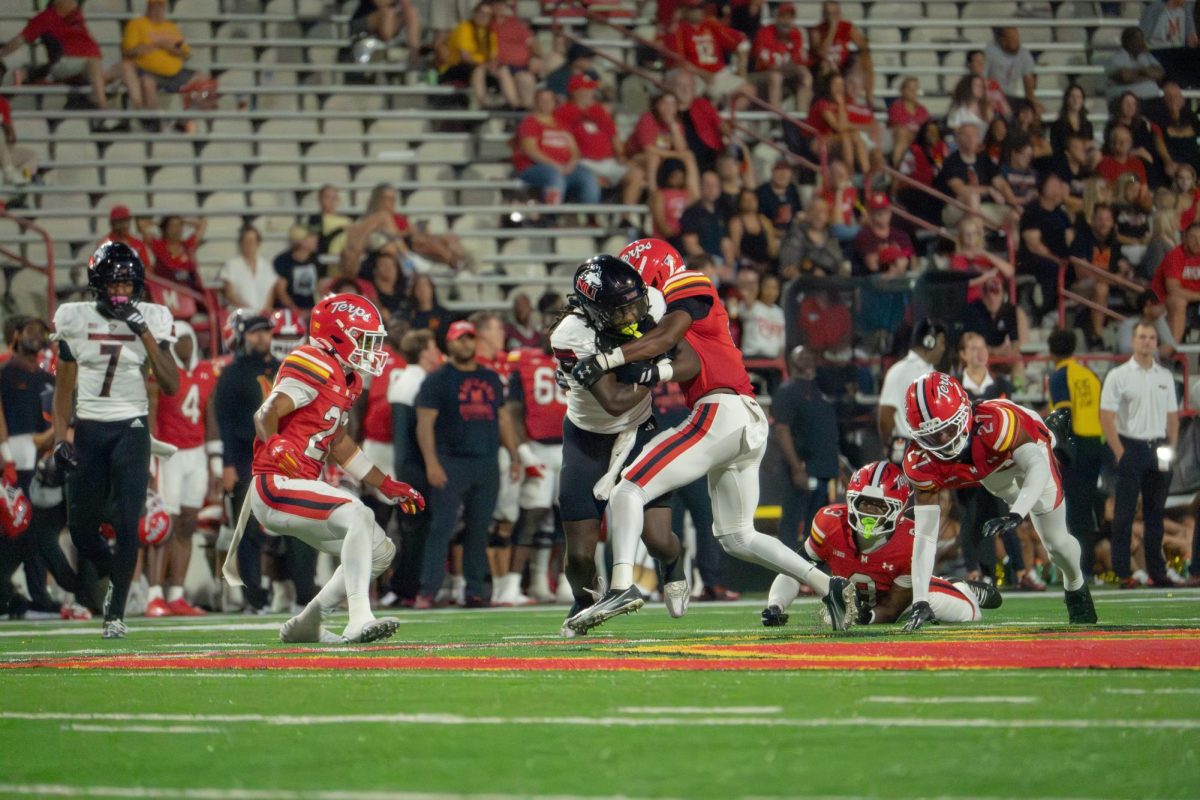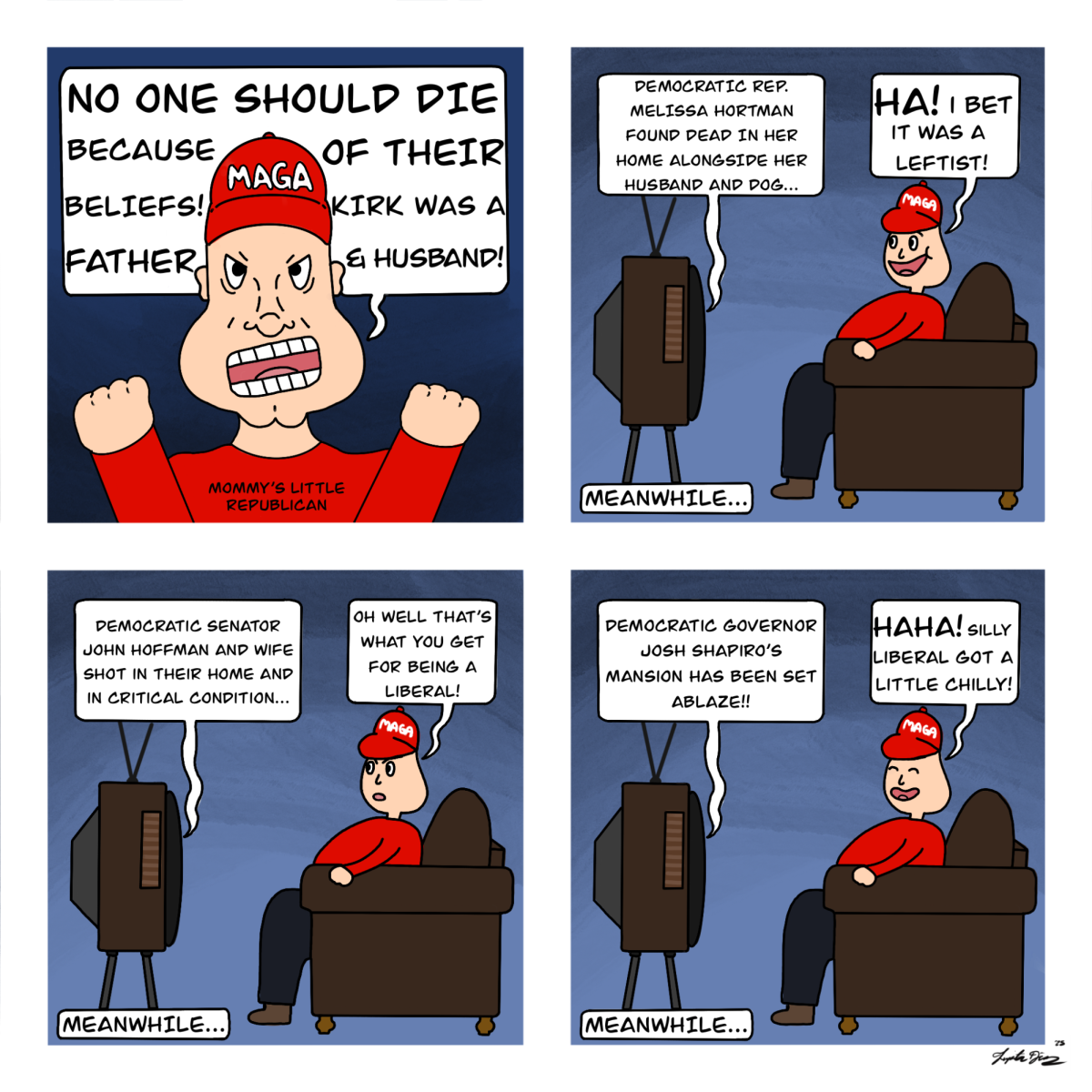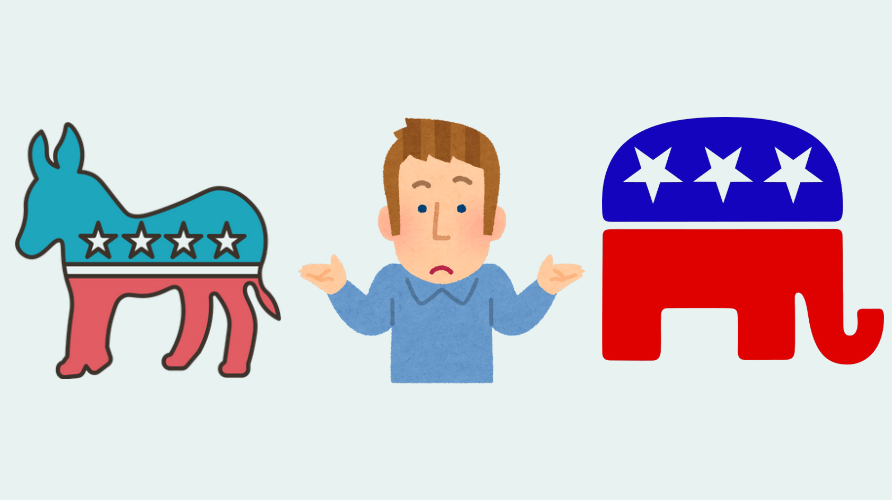Wake up, get clean, eat our first bites of the day, then be faced with a choice: what will I wear today?
Going to the gym? Reach for quick, dry materials.
Going to the pumpkin patch? Reach for a warm sweater and boots.
We may have seen the new trendy style and want to execute a look perfectly with our own wardrobe.
Or, we may want to disrupt fashion and wear something deemed inappropriate.
That’s the thing; we can wear whatever, but what we wear wears us too.
Clothes will always mean something.
Moreover, there will always be preconceptions about clothes. This is why corporate jobs require us to dress in business casual or business professional attire. In order to make a good first impression, these clothes are often well fitted, put together and somewhat bland. Personal expression is often limited in spaces like offices.
On the other side of the spectrum, the way people dress for an electronic dance music festival versus a rock concert shows how clothes hold a message about values and cultural and societal norms within the subculture of a music genre.
Similarly, cultural clothing is something people wear to identify with a group of people and their customs.
Even though there are not very strict rules about sticking to certain attire as we get older, it’s expected by many to start dressing “maturely,” especially as young adults.
Dressing maturely often means wearing less baggy clothing, more neutral colors and avoiding over-accessorizing.
A Google search on dressing maturely will bring people to a Wikihow article instructing 20-year-olds to wear form fitting clothing and visit vintage stores for unique pieces.
It seems like the consensus is to maximize style when younger and bland it down as we get older. But it’s hard to capture what dressing maturely or youthfully really is because, despite perceptions like Wikihow’s, many people do dress in ways that go against this advice and have personal styles.
Really, one person’s maturity is another’s youthfulness. Take into account “Grandpacore”.
A fashion style popular among Generation Z, Grandpacore utilizes pieces usually found in a grandma or grandpa’s closet. Grandpacore prioritizes comfort with pieces like big chunky sweaters, baggy pants and big, orthopedic, leather sandals.
Having a mature style may mean dressing more conservatively to some.
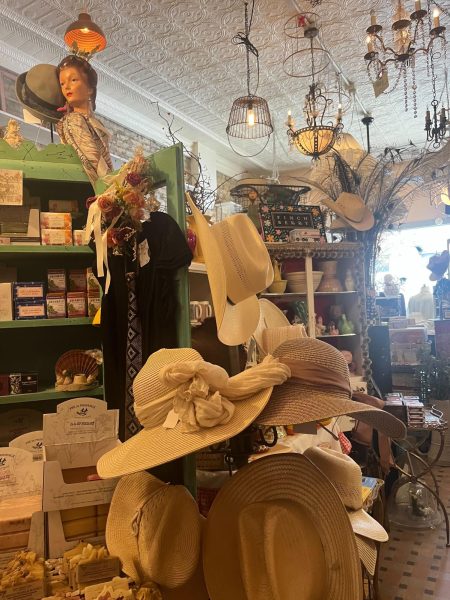
Lauren Woods is the owner of Cracker Jax, an antique and vintage store in DeKalb that carries vintage and modern fashion. Woods describes her style as conservative and puts a spotlight on her jewelry.
“I like to dress for my jewelry. It’s like the clothes are secondary,” Woods said.
She also mentions “Cottagecore,” a style that prioritizes a playful take on rural and simple life. Despite its trendiness, it can be categorized as more conservative than many styles today.
“There’s a cottagecore kind of look right now that looks like a Laura Ashley or Gunne Sax style. That’s a very popular look right now. It’s a very romantic, flowy, little boho, but soft,” Woods said.
Clearly dressing conservatively is not only for people matured by age.
The reverse also applies with older generations trying out and participating in trends brought on by Gen Z and millennials. Many trends have been borrowed from older generations’ like long denim skirts, or athleisure, or lowrise vs. highrise pants.
Angie Siebens, an employee at Cracker Jax who has been coming there since she was 12 years old, says she does not see age in clothes.
“I don’t see age in clothes. I mean obviously there’s, you know, little kids, things like that. But I just don’t. I think wear what you want to wear,” Siebens said.
Participating in current trends does not age people, it gives them a cool outfit.
Whenever I see an older woman with a trendy outfit that I would wear, I admire her confidence. Equally so, I adore seeing older women who embrace a style that isn’t currently trending but looks equally stylish.
It inspires me to embrace my own style as I get older.
As “mature” and “youthful” clothes are hard to pin down and as different generations often embrace each other’s trends, it’s easy to say there isn’t much fairness in telling someone to dress their age.
Our physical forms will change as we age, and so the clothes we buy will change too, but just because it’s fashionable to be young in the fashion industry does not mean all clothes are meant exclusively for younger people.
It’s problematic how many brands don’t use models who look like they are past the age of 35, yet market to women in this approximate age range. Most models are between the age of 16-21 and the ones that are older must look youthful, according to Best Agency, a Las Vegas modeling agency,
Clothes aren’t made for ages, they are made for people.






